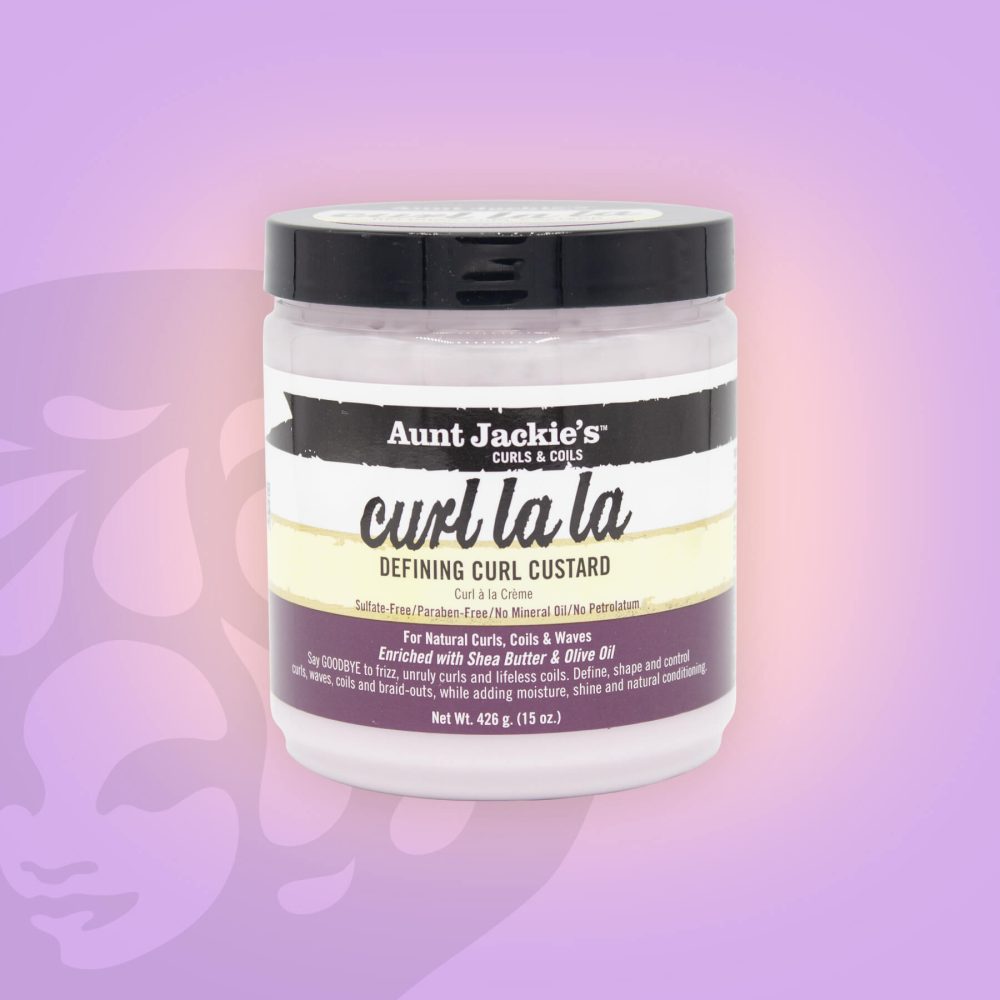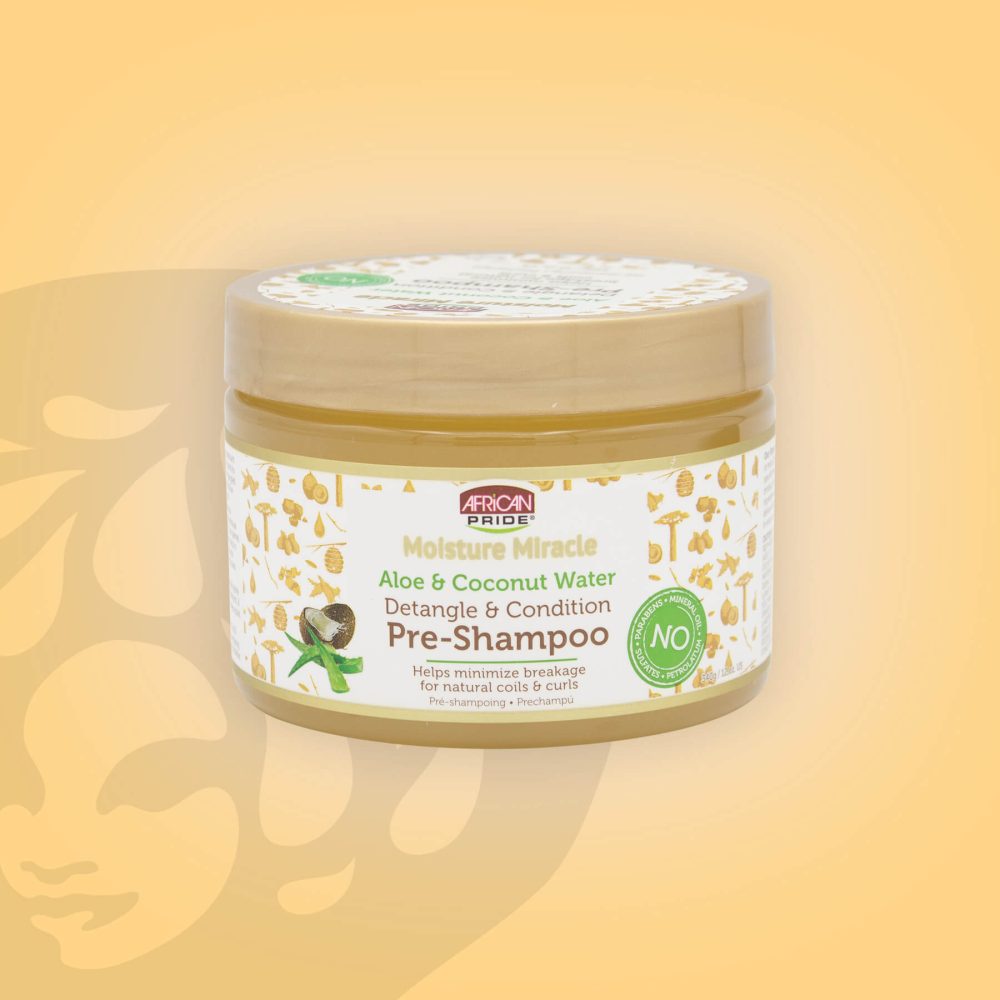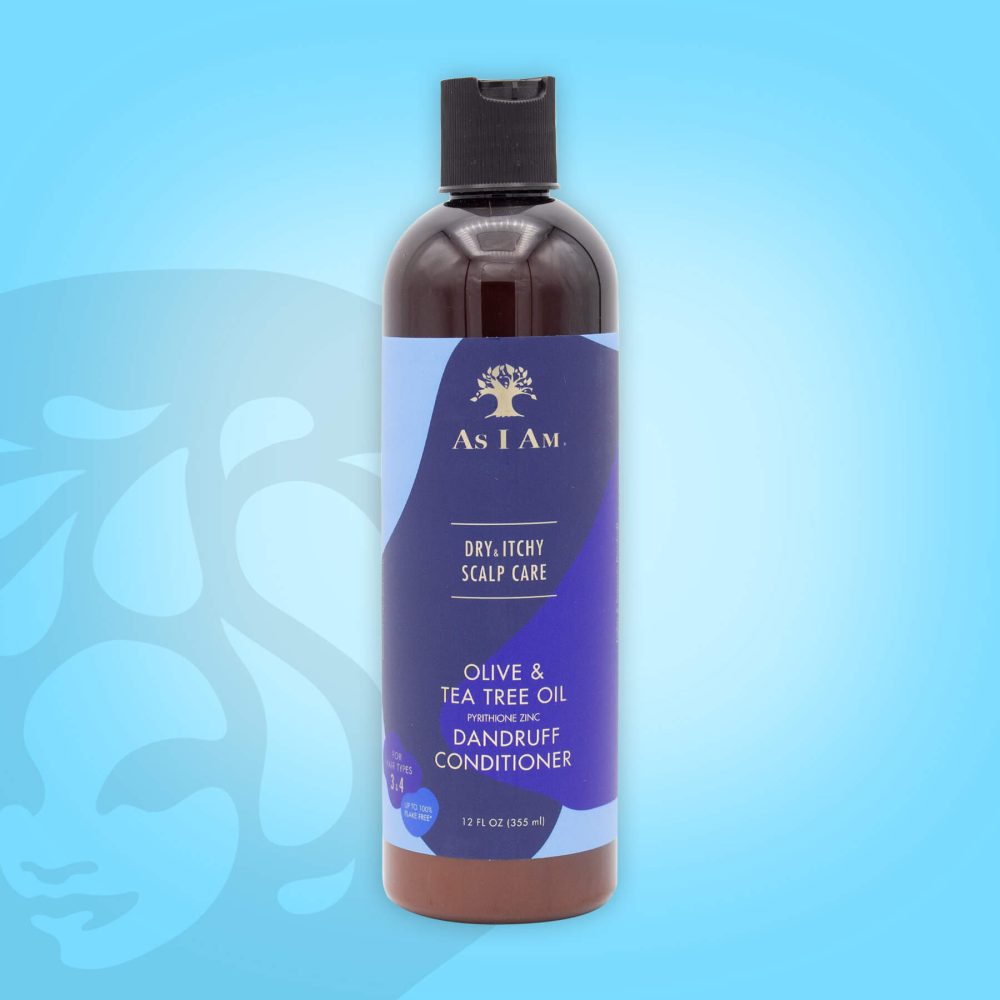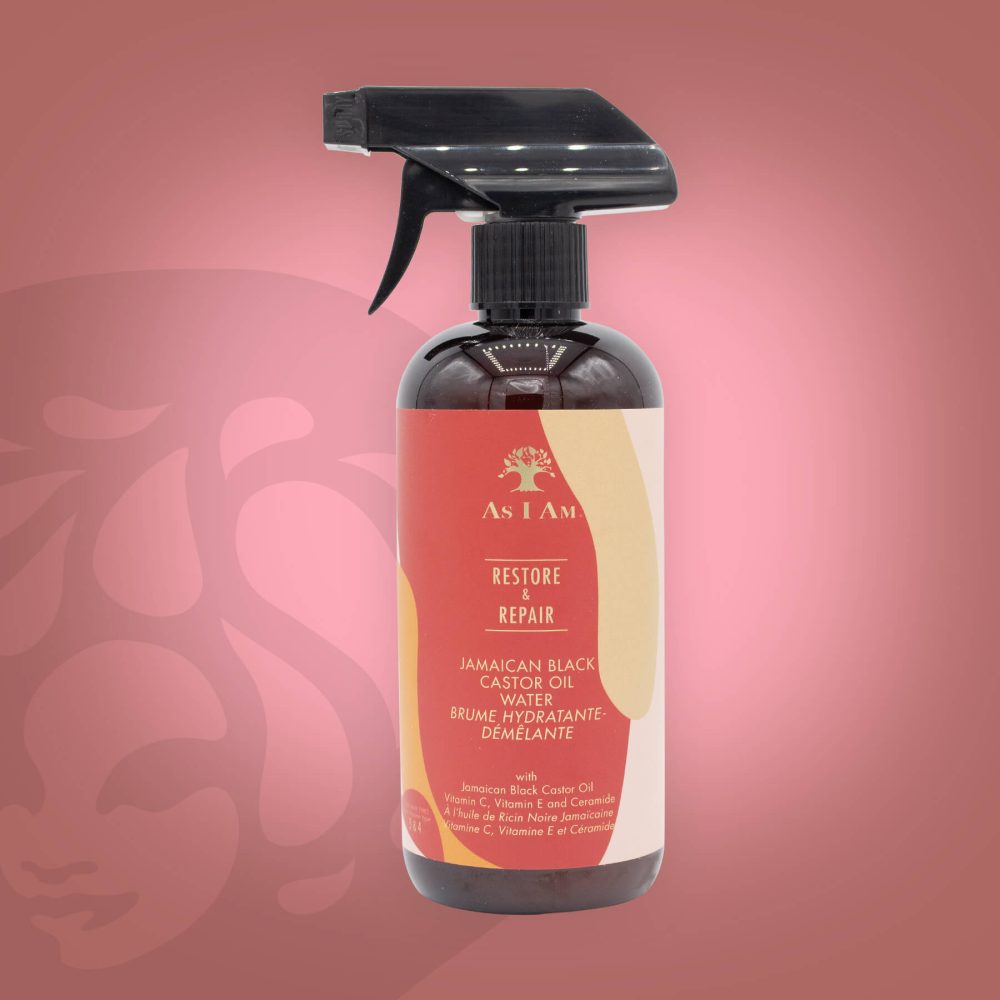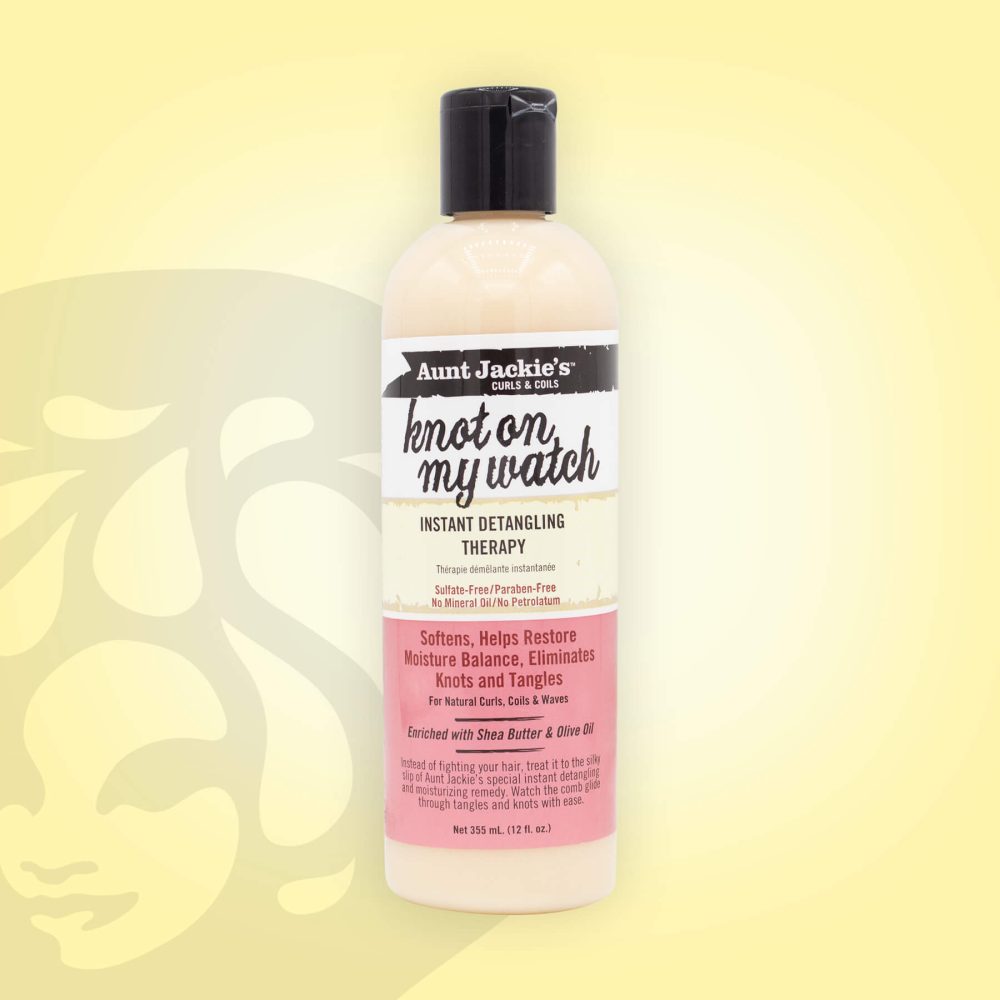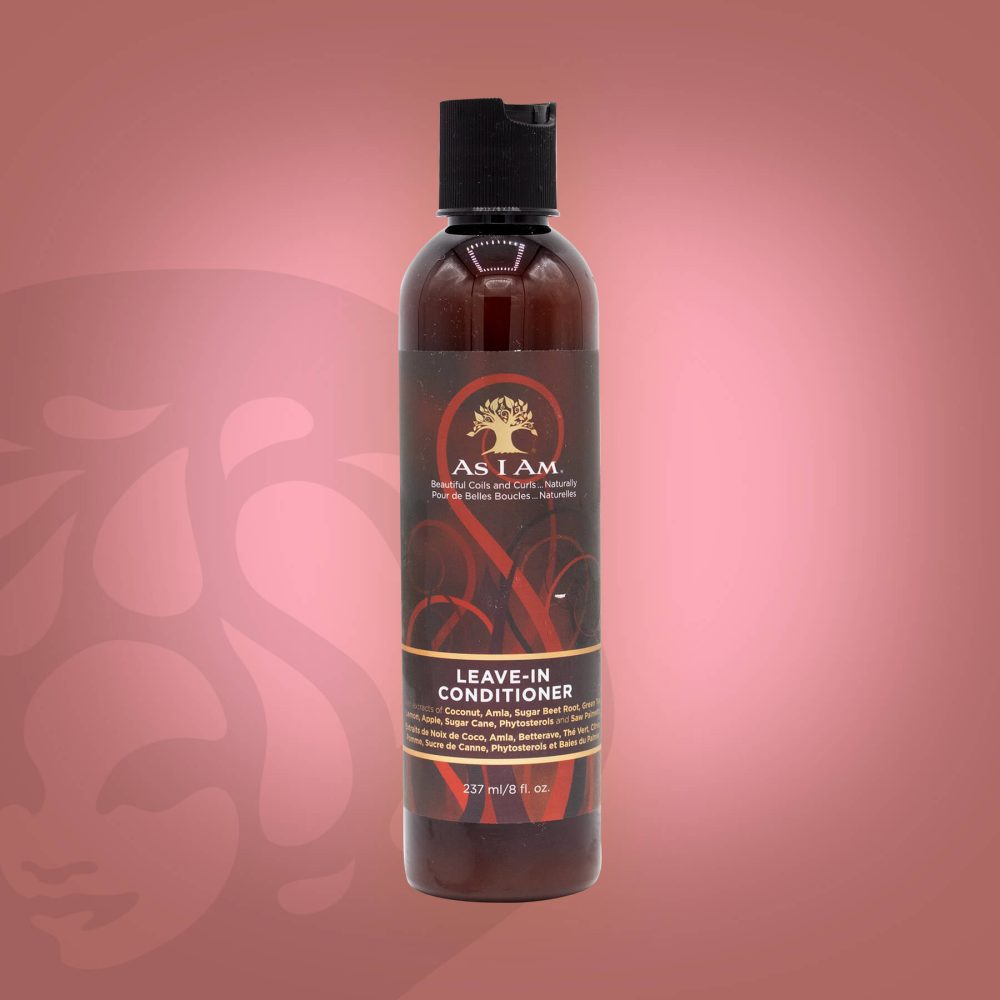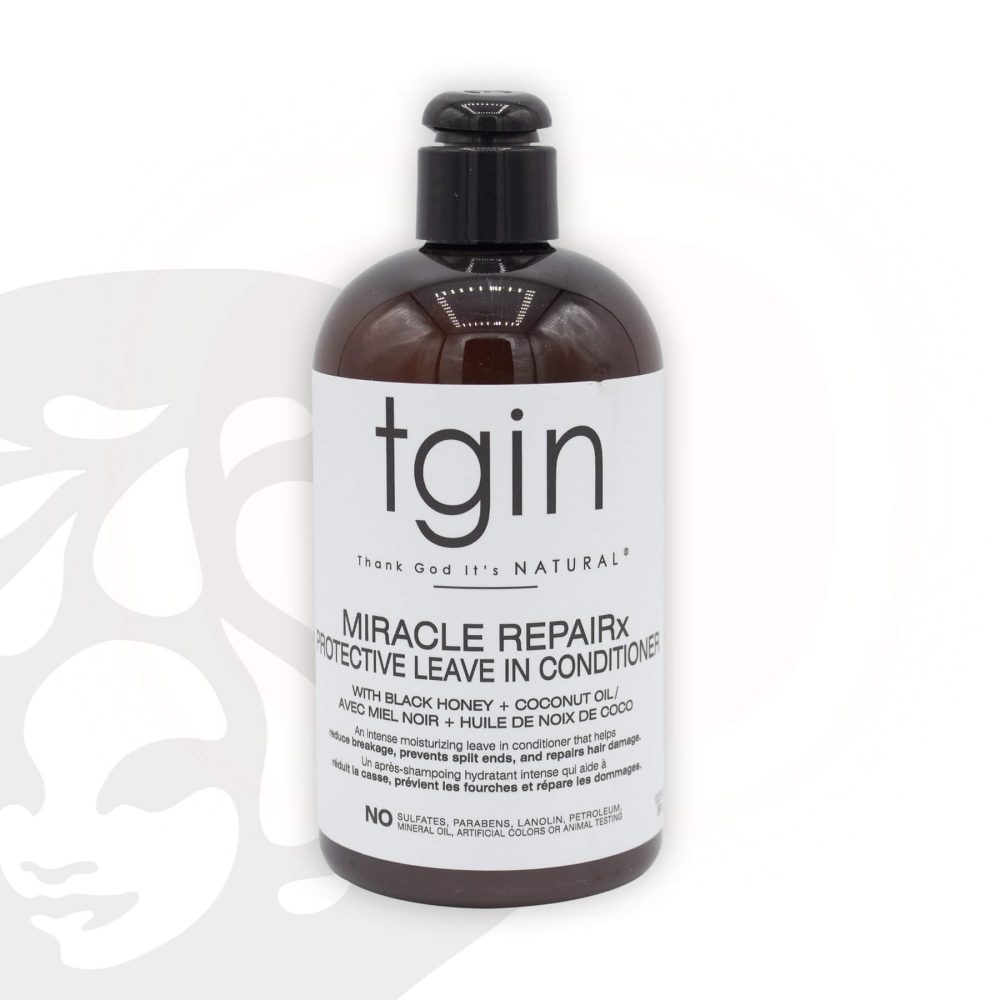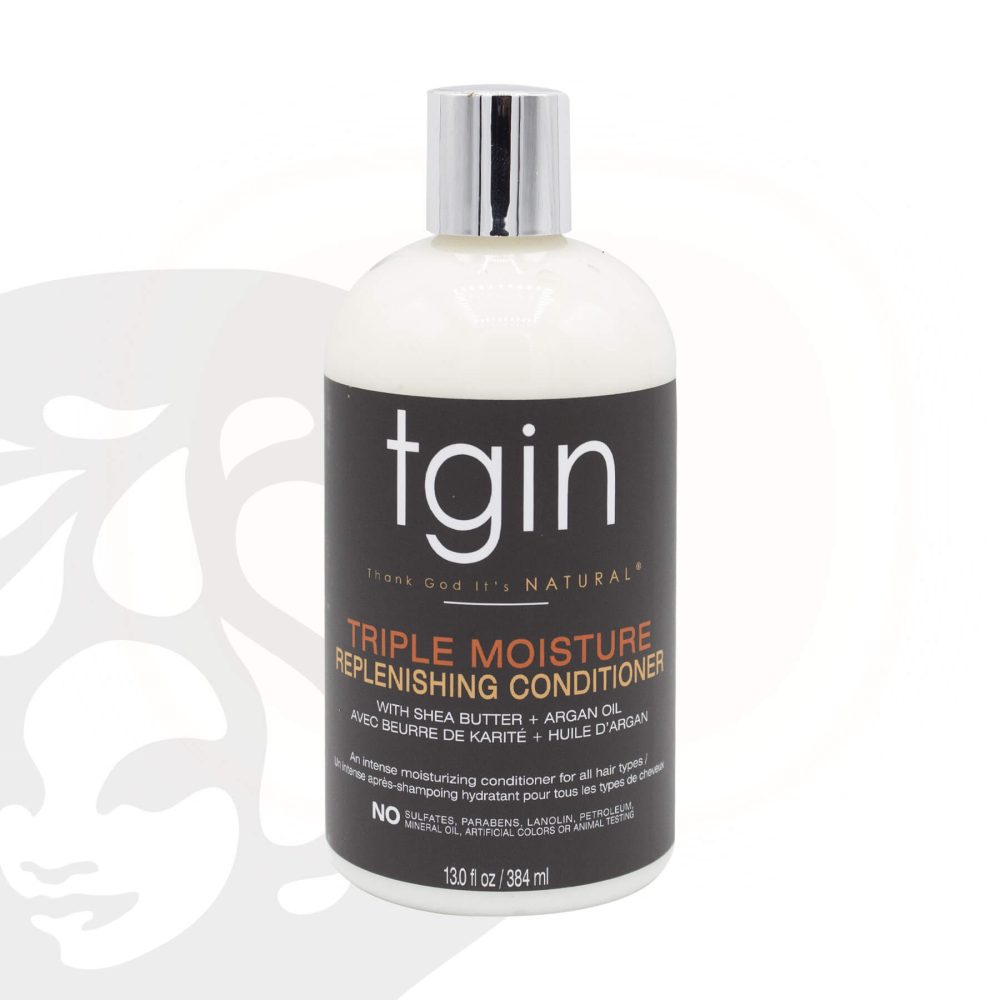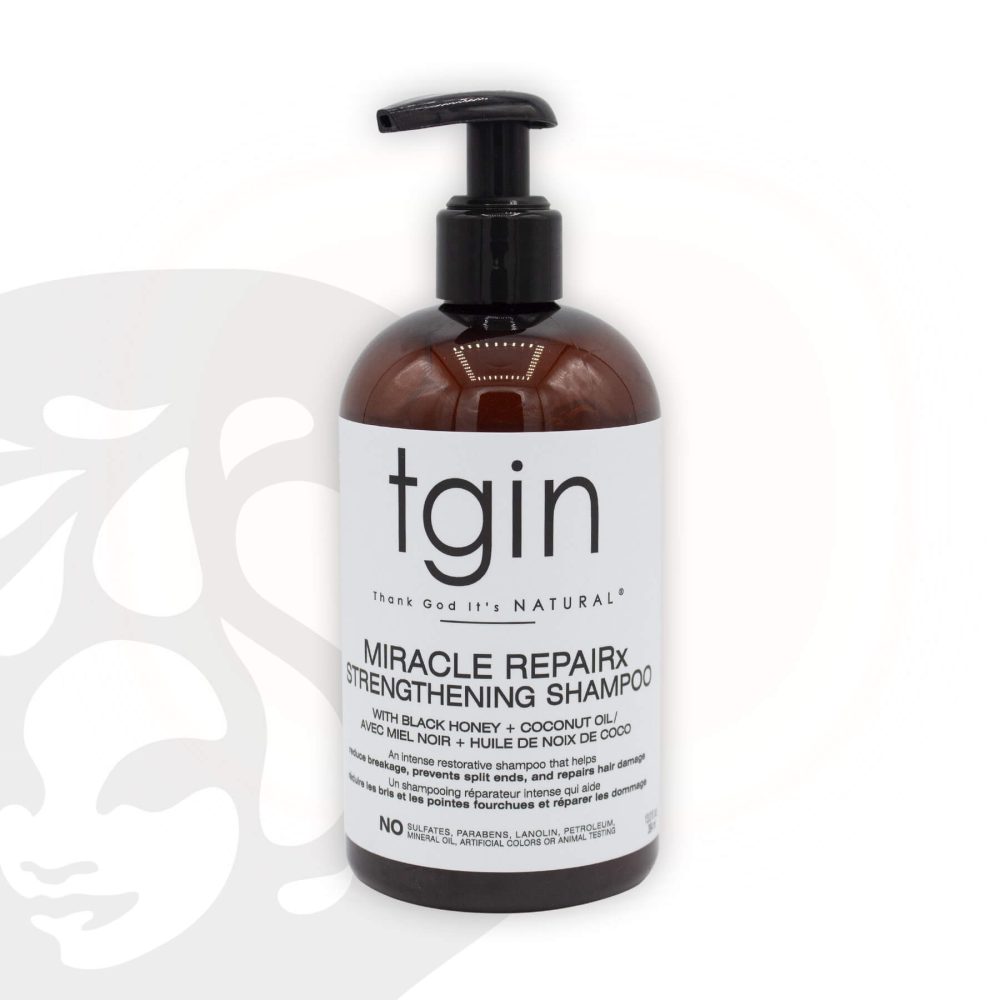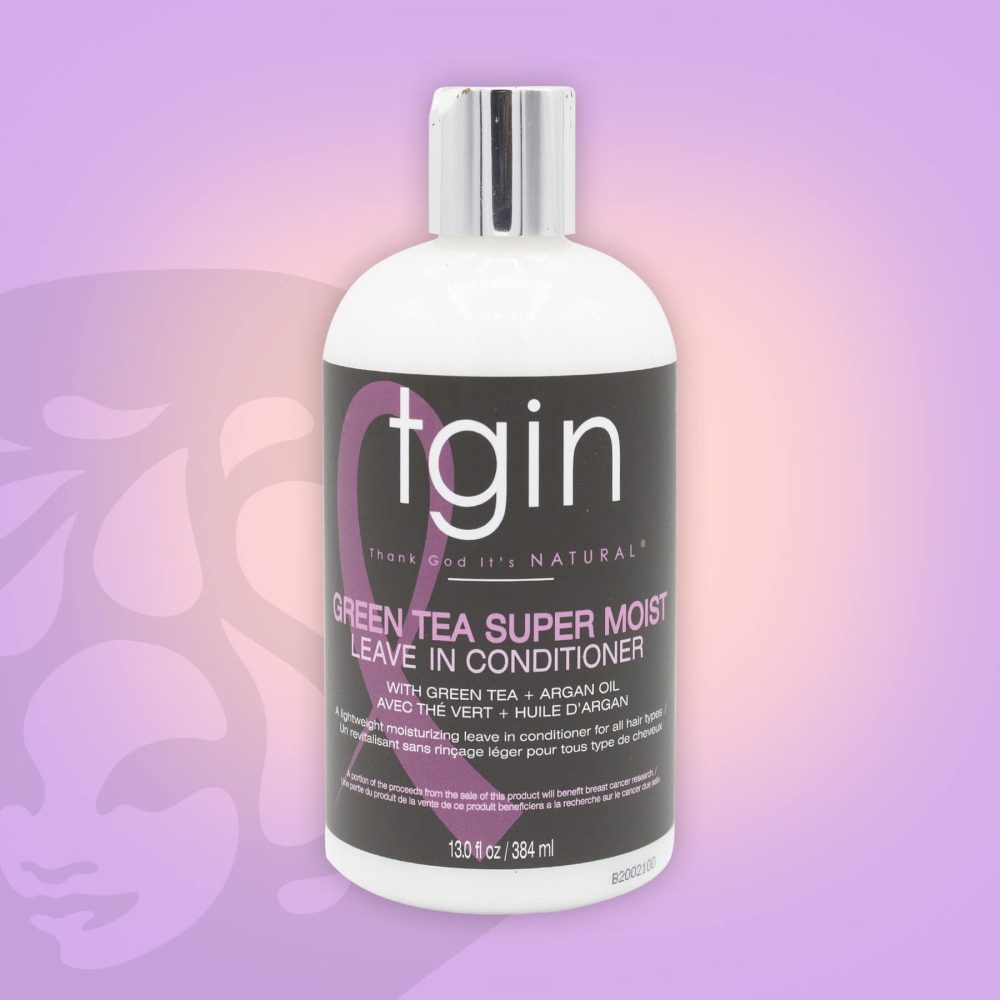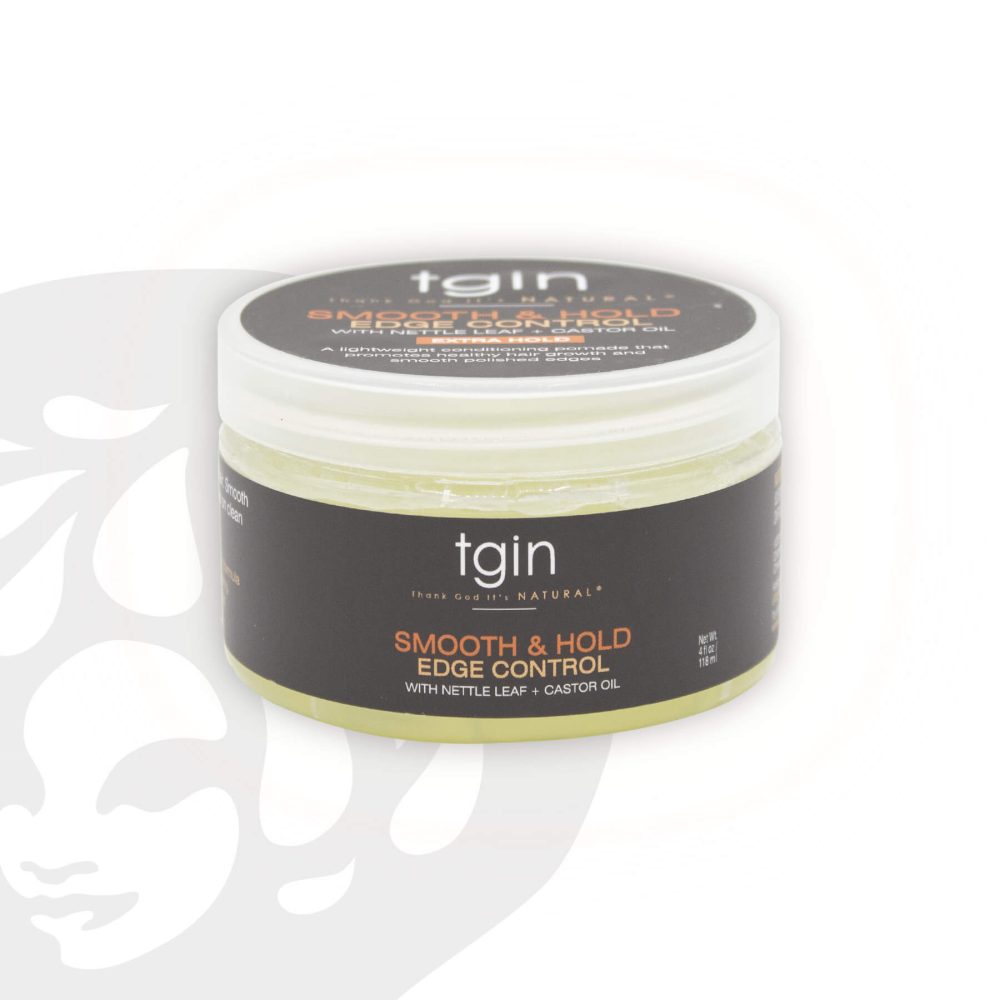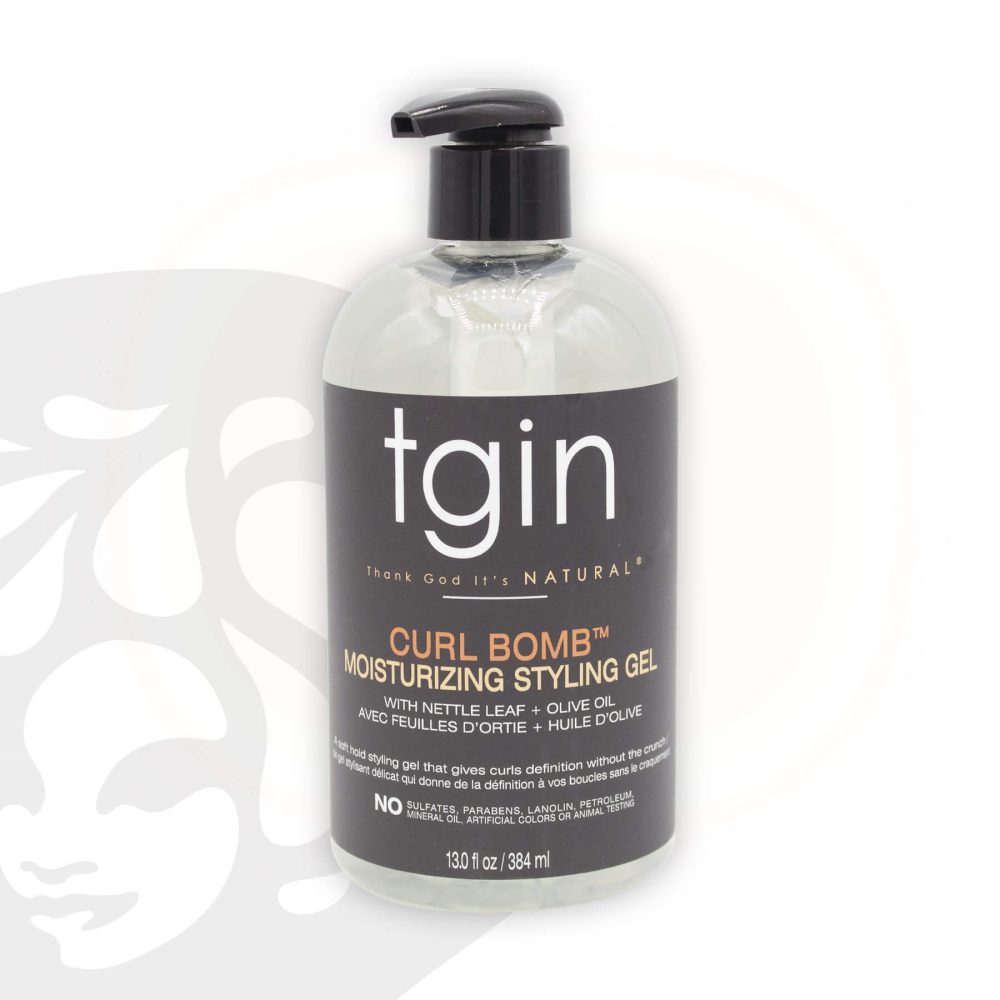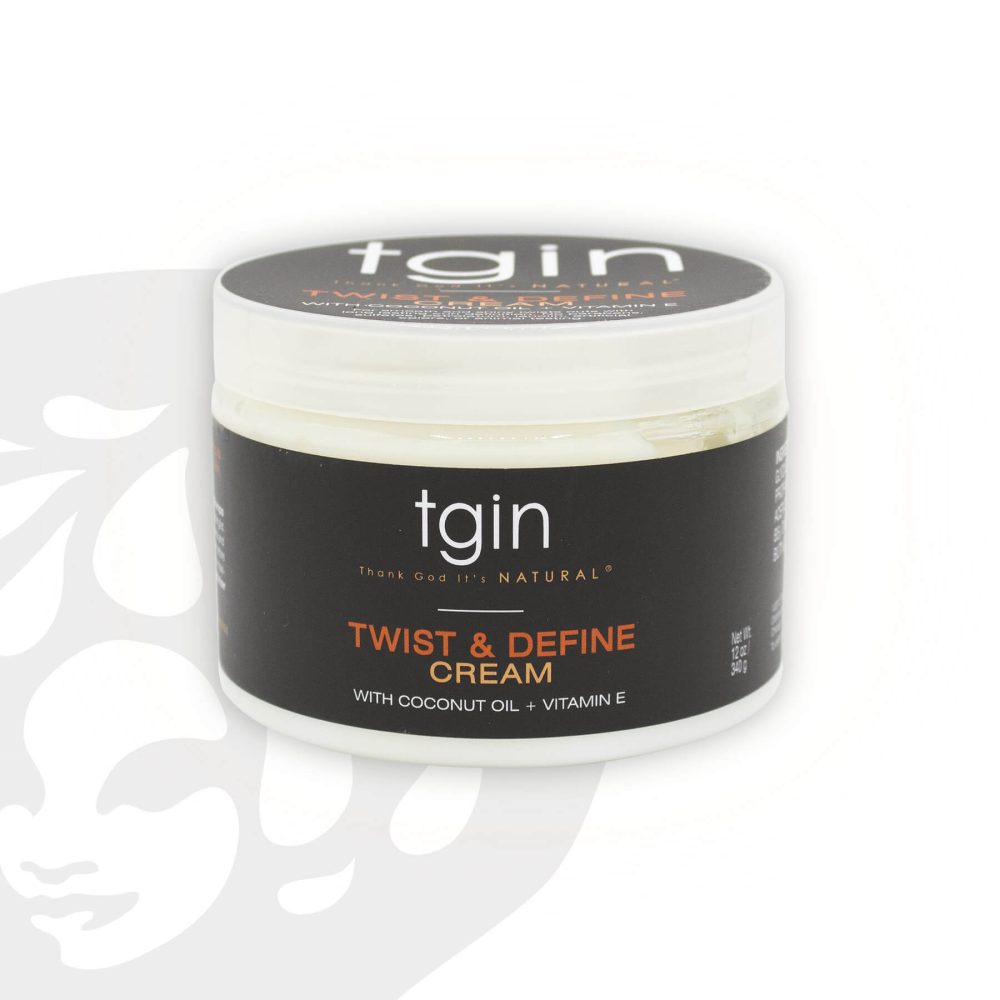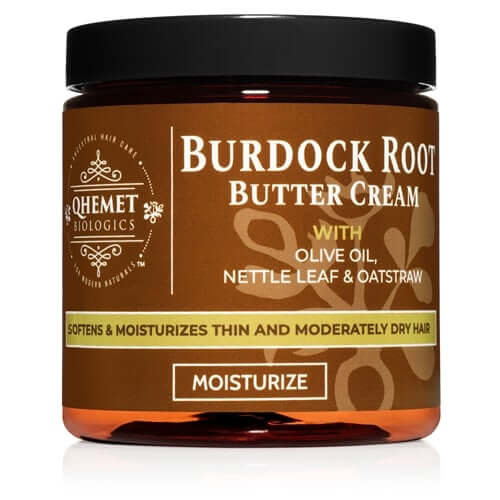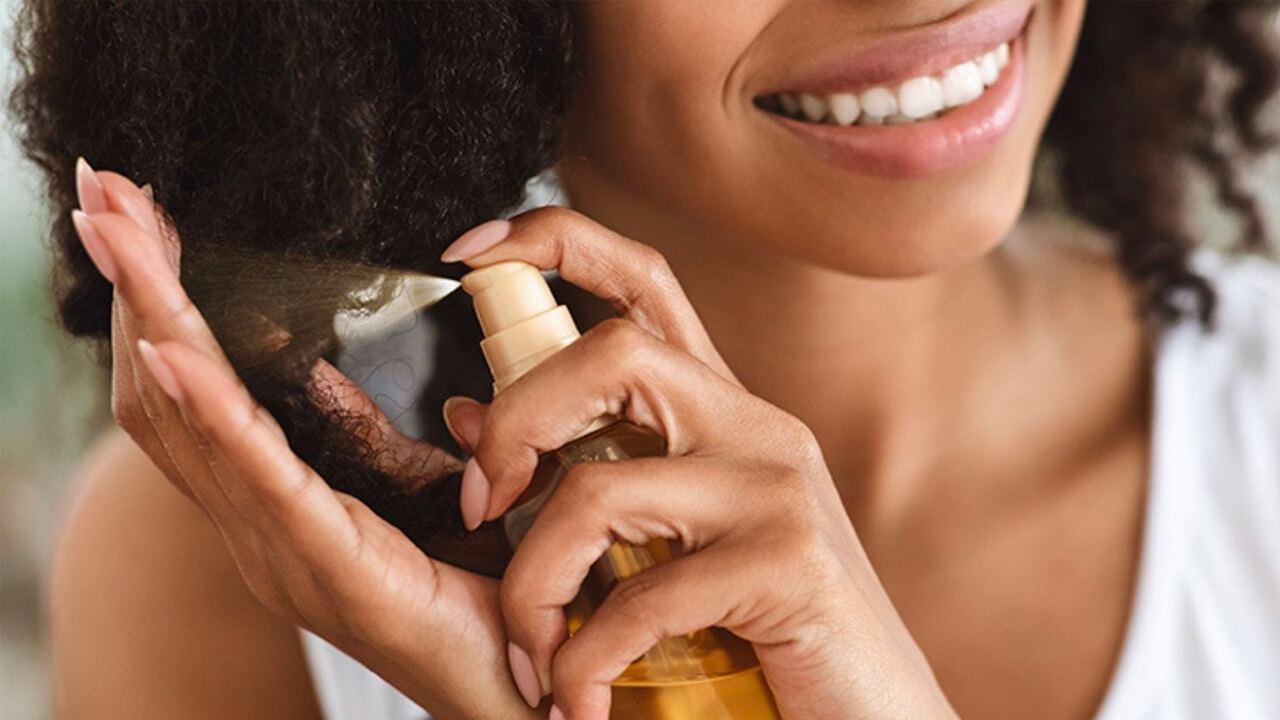The natural hair journey teaches you new things every day.
Hair porosity is one topic that you can’t skip because it describes how your hair reacts to everything you spray on it, from water to conditioner and moisturiser.
When you have low porosity hair, you spend most hair care time pumping moisture into the strands.
If you do it the correct way, you have healthy-looking tresses. When you overdo it, using the wrong products, you end up with buildup and dry hair.
Before we get into the whole moisturising process, let’s define:
How to Know Your Hair Porosity
Let’s help anyone who hasn’t done the porosity test yet. In doing this, you’ll be scrutinising your hair’s ability to retain water and hair oils. That’s all!
When you know how your hair behaves in water, you get better control over the moisturisation process. Two tests can define your hair porosity.
Try:
A Float Test
Pluck a few strands and place them in lukewarm water. Use room temperature water because hot water will open the cuticle for water absorption, and the strand will sink. For low porosity hair, the strands float.
To confirm the results, try:
A Spray Test
Spray your hair and look out for water beads. If they form, you’re dealing with low porosity.
You see, a hair shaft has three layers. There’s the one we see, the cuticle. Inside the cuticle is the cortex, and within it is the medulla – the innermost layer. The cuticle is soft as the cells overlap to form a smooth surface from the root to the tip.
For low porosity hair, the cuticles overlap tightly, leaving no space for water to seep into the strand. Further, when water penetrates this surface, it takes longer for the strand to dry as there’s no escape route.
You’re not to blame for this little situation. Its genetics.
It begs the question:
Should You Moisturise Low Porosity Hair?
Yes, you should. It’s not only about moisturising it but giving it haircare suited to the unique hair structure. If you skip all the steps and rush to moisturise hair that’s already resistant to water, you’ll increase its dryness.
So, to take care of it:
- Pre-poo your hair with oils like jojoba, argan, avocado and grapeseed. It’ll also reduce tangles and breakage.
- Wear a steam cap over pre-shampoo oils. It’ll generate steam and open the cuticles to absorb the nourishing oils so that when you shampoo your hair the following day, it won’t lose moisture.
- Wash with a clarifying shampoo to remove product buildup on the surface and prepare the hair shafts to absorb the moisturiser.
- Apply a hair lotion/moisturiser to soften it. Look for light oils as low porosity hair absorbs them faster, and they don’t add weight to the hair shafts. We’ll discuss a simple moisturising method below.
So:
How Often Should You Moisturise Low Porosity Hair?
Moisturise it as often as your hair needs moisturising agents, more so whenever you shampoo it. If it feels dry and brittle during the week, a leave-in conditioner can help it last to your next wash day.
Use the Liquid, Cream, Oil (LCO) method. Start with water or a leave-in conditioner that’s water-based as the first ingredient to hydrate your hair. Next, apply a lightweight curling cream or gel, then use an oil last to seal all of that goodness in your hair. Plus, oil gives your hair natural shine and makes it easy to style.
What Products Are Good for Low Porosity Hair?
Look for products packed with humectants so they can draw water molecules to your hair to keep it moistened longer, so you don’t have to reapply and burden your hair.
Top humectants include aloe vera, hyaluronic acid, glycerin and honey.
You’ll also need emollients to trap moisture in the strand and create a barrier against moisture loss. We’re talking about lightweight ones like argan and grapeseed oil or heavy ones like shea butter, jojoba, and avocado oils.
Our best selling drops for low porosity hair
Mielle Organics Rosemary Mint Scalp & Hair Strengthening Oil
£10.99This is the hair and scalp oil that’s SO GOOD you keep it hidden from your friends and family. It smells refreshing, strengthens hair, helps prevents breakage and has a great cooling sensation too. Oh, it’s loaded with incredible ingredients too. It’s an absolute gem and perfect for protective styling.
Aunt Jackie’s Curl La La Defining Curl Custard
£0.99 – £5.99It’s great value for money, gets your curls poppin’, nice large tub and it’s hugely popular amongst naturalistas too! Are you even an Aunt Jackie’s fan unless you’ve some Curl La La? (The answer’s no!)
African Pride Moisture Miracle Aloe & Coconut Pre-Shampoo
£5.99This drop has got slip for days! Perfect for detangling prior to washing. Loaded with aloe vera and coconut water to help hydrate and reduce moisture loss from washing and it’s an absolute bargain! Buy this one before another naturalista does.
As I Am Dry & Itchy Scalp Care Dandruff Conditioner
£9.99This drop has got to be pour absolute favourite when it comes to combating dandruff and/or an itchy scalp when it comes to the world of textured and afro hair care. It features tea-tree oil to really soothe and refresh the scalp, a little goes a long way – oh and it’s curly girl method approved too!
As I Am Restore & Repair Jamaican Black Castor Oil Water
£9.99One of our best sellers hands down. This drop from As I Am is the ultimate curl refresher and ‘L’ in your LOC or LCO routine. A light and pleasant fragrance, moisturising and lightweight. It’s the perfect prep step for styling and moisturises more than just water alone – that’s why we love it!
Aunt Jackie’s Oh So Clean Moisturising Shampoo
£5.99This shampoo from Aunt Jackie’s makes dry hair a distant memory! Perfect for softening hair, taming that flyaway frizz, reducing shrinkage and untangling even the most stubborn knots. The secret formula is loaded with all the good stuff and the shea butter, extra virgin olive oil and coconut oil combo smells good enough to eat. Making friends with Aunt Jackie is the secret to hair that turns heads.
Aunt Jackie’s Knot On My Watch Instant Detangling Therapy
£5.99It instantly tames unruly, frizzy, tangled tresses! The detangling therapy not only leaves your hair smelling divine but also makes your coils and curls manageable, hydrated, and soft to the touch! Smells great too.
As I Am Classic Leave-In Conditioner
£8.99Epic hydration, softness and shine never felt (or smelt) so good! This hugely popular drop from As I Am gives you real Curl Power by adding moisture and shine. Creates the perfect foundation for gels, custards and styling creams as it stops them flaking and hardening. A quick squeeze of the bottle and you’re set to style!
Are there ingredients to avoid?
Yes, as with any hair product, the devil is in the detail.
Look out for:
Petrolatum
It’s like covering your hair with permanent cling film as it won’t come off without harsh cleansing ingredients like sulfates. A layer of petrolatum blocks nutrients from reaching the hair shaft.
Bad Alcohols
They strip off moisture, yet your hair is already suffering from low porosity. It’s the case when your moisturiser has isopropyl alcohol.
Some moisturising products to check out…
Miele Organics Avocado Moisturizing Hair Milk
It’s an affordable cream moisturiser infused with the humectants and emollients mentioned earlier, such as glycerin, shea butter, aloe vera, jojoba oil, and avocado oil. You can use it on any hair type with low porosity. It’s lightweight, penetrates the cuticle, and you can use it daily if necessary.
Mielle Organics Avocado Moisturising Hair Milk
£11.99If a hair milk is so good that it wins awards, what more do we need to say?! This product scooped the NaturallyCurly Best of the Best – Leaders in Curl Award, and it’s not hard to see why! Thirsty, dry hair gets real hydration from an all-natural formula, leaving your hair smooth and soft. You can kiss yo’ dry tresses bye!
tgin Butter Cream
Consider this solution for its hydrating shea butter formulation. It also contains vitamin E for growth; consequently, you may gain length eventually.
Our top selling drops from TGIN
TGIN Miracle RepairX Protective Leave-In Conditioner
£13.99An all-natural, environmentally conscious leave-in conditioner that’s a must for damaged hair. It A miracle? YES it really is. Colour and heat damage, dryness and dullness are yesterday’s news with this product from this highly effective restorative range from TGIN. It leaves your hair shiny and defined without making it greasy or causing build-up!
TGIN Miracle RepairX Deep Hydrating Hair Mask
£17.99An all-natural, environmentally conscious hair mask that’s a must for damaged hair. This is a real life hair miracle! Colour and heat damage, dryness and dullness are sent packing with this product from the highly effective restorative range from TGIN. This hair mask locks in moisture without making the hair oily.
TGIN Triple Moisture Replenishing Conditioner
£14.99A moisture replenishing conditioner that’s like soul food for your hair! Containing rich shea butter and sweet almond oil, TGIN Triple Moisture Replenishing Conditioner is the answer to dry, damaged hair that struggles to retain shine, fullness, and strength. Triple terrific results? You bet!
TGIN Miracle RepairX Strengthening Shampoo
£13.99TGIN – Thank God It’s Natural! An all-natural, environmentally conscious shampoo is a must for damaged hair. It really is a miracle! Colour and heat damage, dryness and dullness are yesterday’s news with this shampoo.
TGIN Green Tea Super Moist Leave-In Conditioner
£14.99An all-natural, environmentally conscious leave-in conditioner that’s a must for curly hair. It really is a miracle! Makes dry and undefined curls a distant memory. It leaves your hair soft, shiny and defined without making it greasy or causing build-up! It’s like a breath of fresh hair. Guaranteed.
TGIN Smooth & Hold Edge Control – Extra Hold
£9.99Are your edges so out of control it’s making you edgy? Put a stop to that for good. Healthy shiny hair with slick, smooth and well-moisturised edges is now in easy reach. Discover the magic of nettle leaf and get a grip on great hair days!
TGIN Curl Bomb Moisturising Styling Gel
£14.99Gets your curls poppin’ without the crunch! Defines and moisturises curls while giving them extra body and bounce. Lightweight and loaded with natural ingredients that fight frizz, hair and moisture loss, this styling gel really IS the bomb!
TGIN Twist & Define Cream
£15.99Let’s not get it twisted, this styling cream is an amazing everyday aid that is going to leave you with soft, shiny and super defined curls. With a super simple formula and highly effective results, it’s perfect for girls who love to twist or twist out for extra definition or for wash n go’s looking for great curl cream that leaves their curls bouncy and radiant.
Qhemet Biologics Burdock Butter Cream
This cream takes care of dry, brittle hair. That’s one of the issues you’ll face with low porosity hair. It’s packed with olive oil, burdock root and nettle leaf to give you soft and naturally shiny curls. It doesn’t have mineral oil or silicones.
But, its price is a bit too high compared to other offers in the market.
Some queens with low porosity hair make haircare look so easy. They’re inspiring.
Check Rosie’s feed to see her remarkable journey since she transitioned to natural hair in 2017 and had her big chop in 2018. She has enviable edges, healthy curly tresses almost at waist length, gorgeous eyebrows… I mean, she’s everything!
https://www.instagram.com/p/CWqeWSIl4F_/
Tenisha’s wash and go routine is also as enticing. She’ll show you how to create stunning looks with curly hair.
https://www.instagram.com/p/CKcPhbXB7sa/
Lastly:
Final Thoughts
There’s so much unlearning needed in natural hair, and we’re ready for it. Yes?
For instance, curl pattern, or lack of it, is not the only difference between hair types. When you test your hair’s porosity, you discover a whole new world of hair care. Fortunately, you did that already, and you know yours has low porosity.
Since it won’t take in nourishing agents as fast as high porosity hair, you have to use strategies like pre-poo oils, wearing a steam cap to open the cuticle and regular deep-conditioning treatments. Let us know how that goes.


